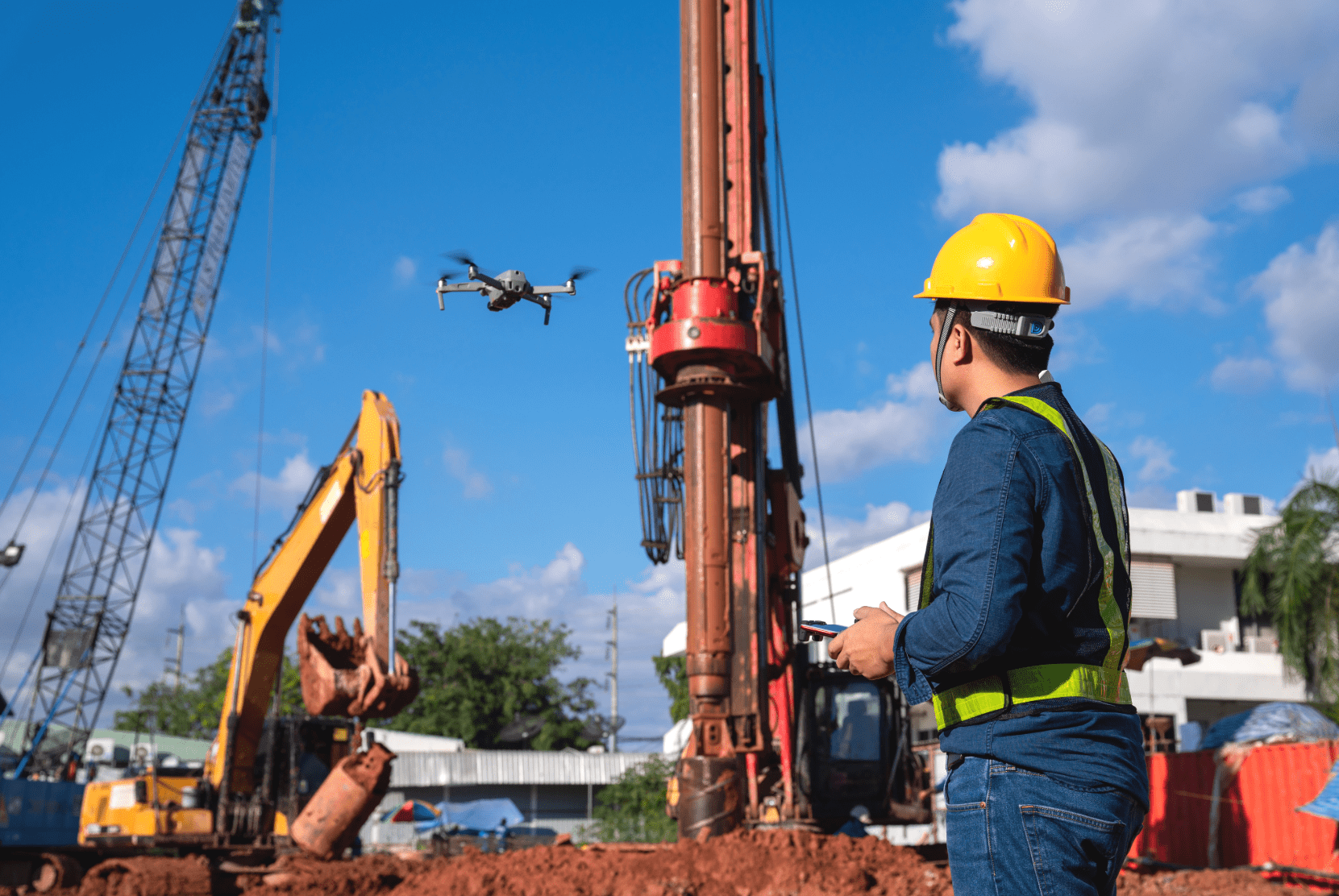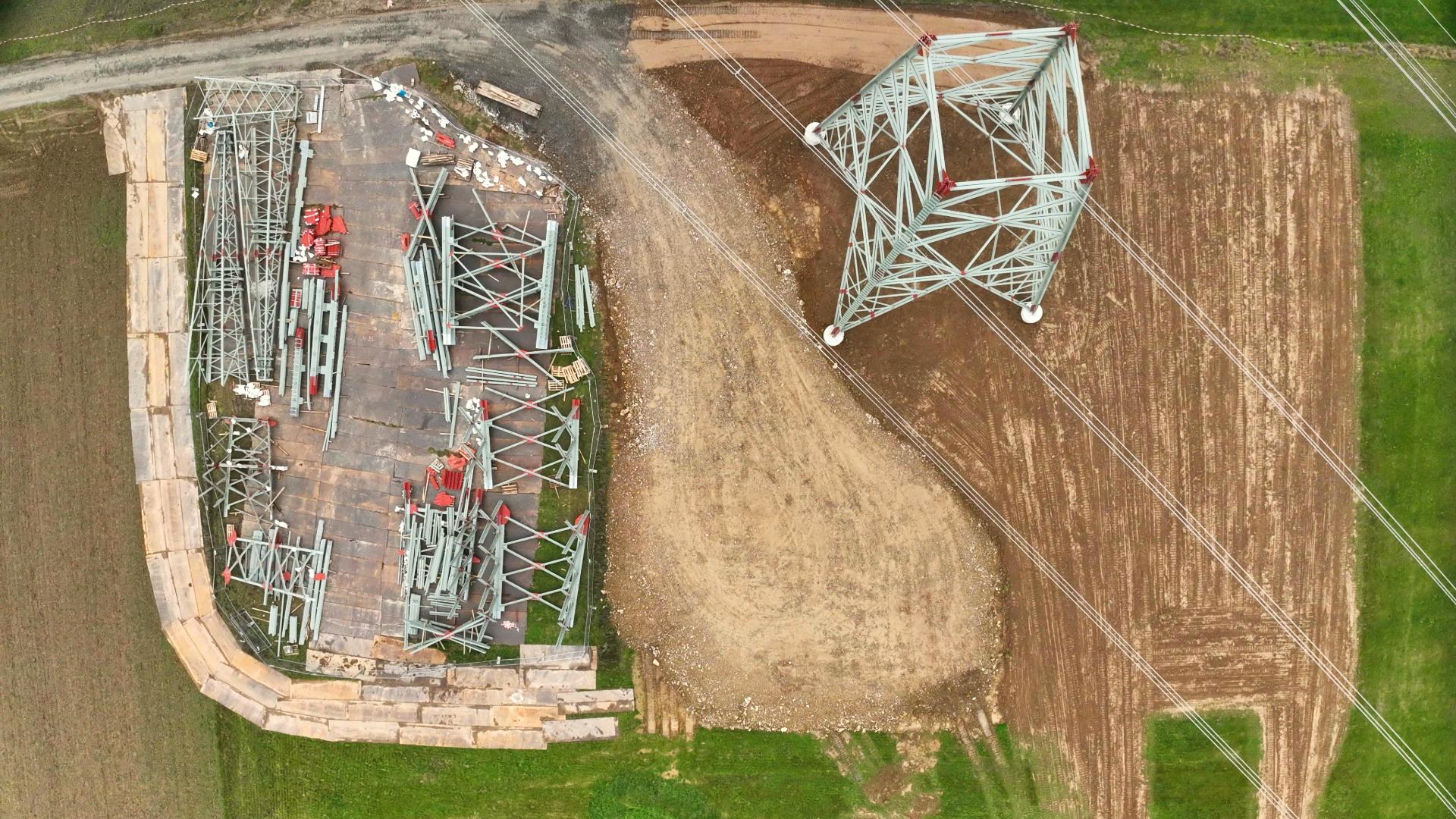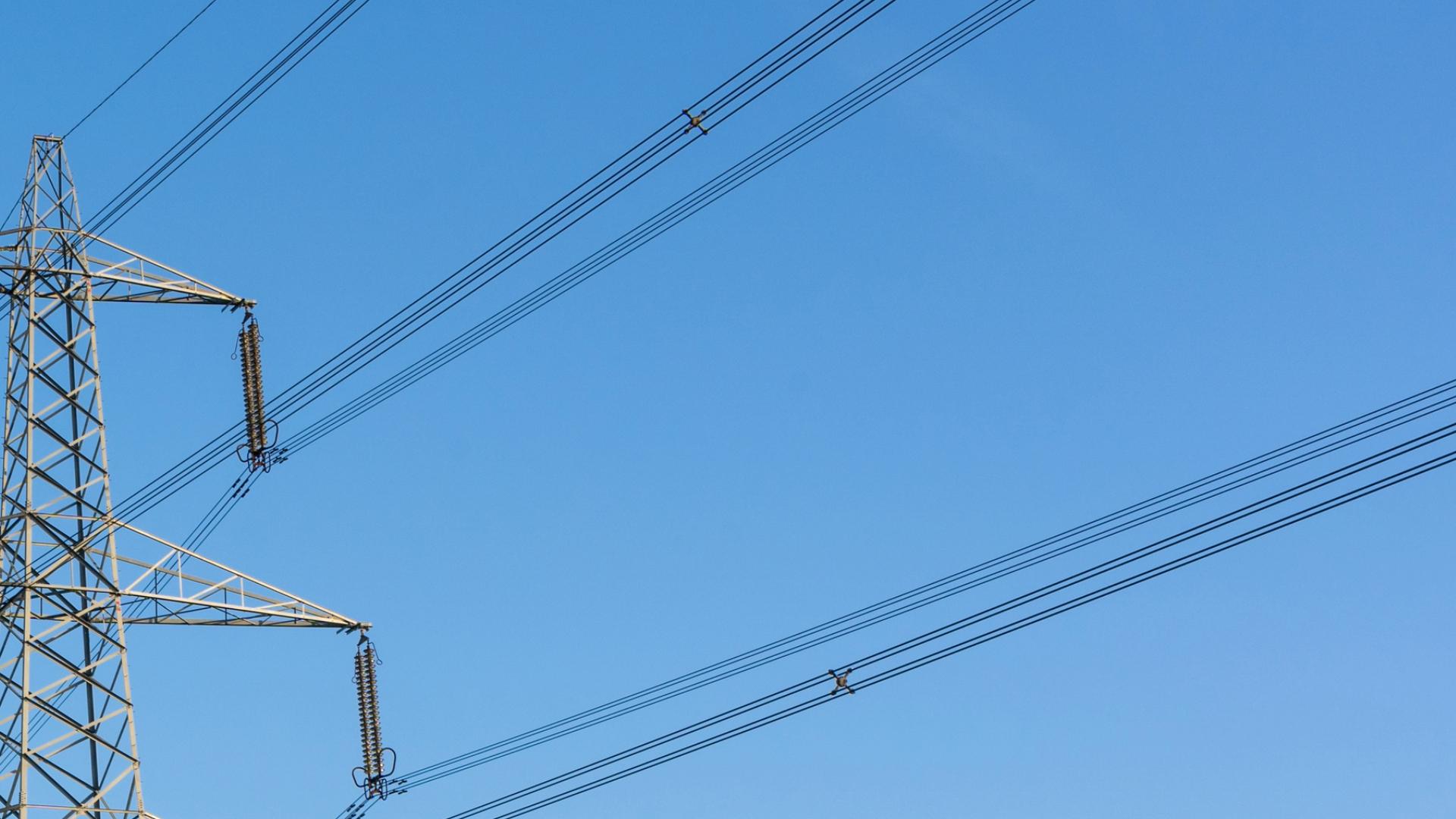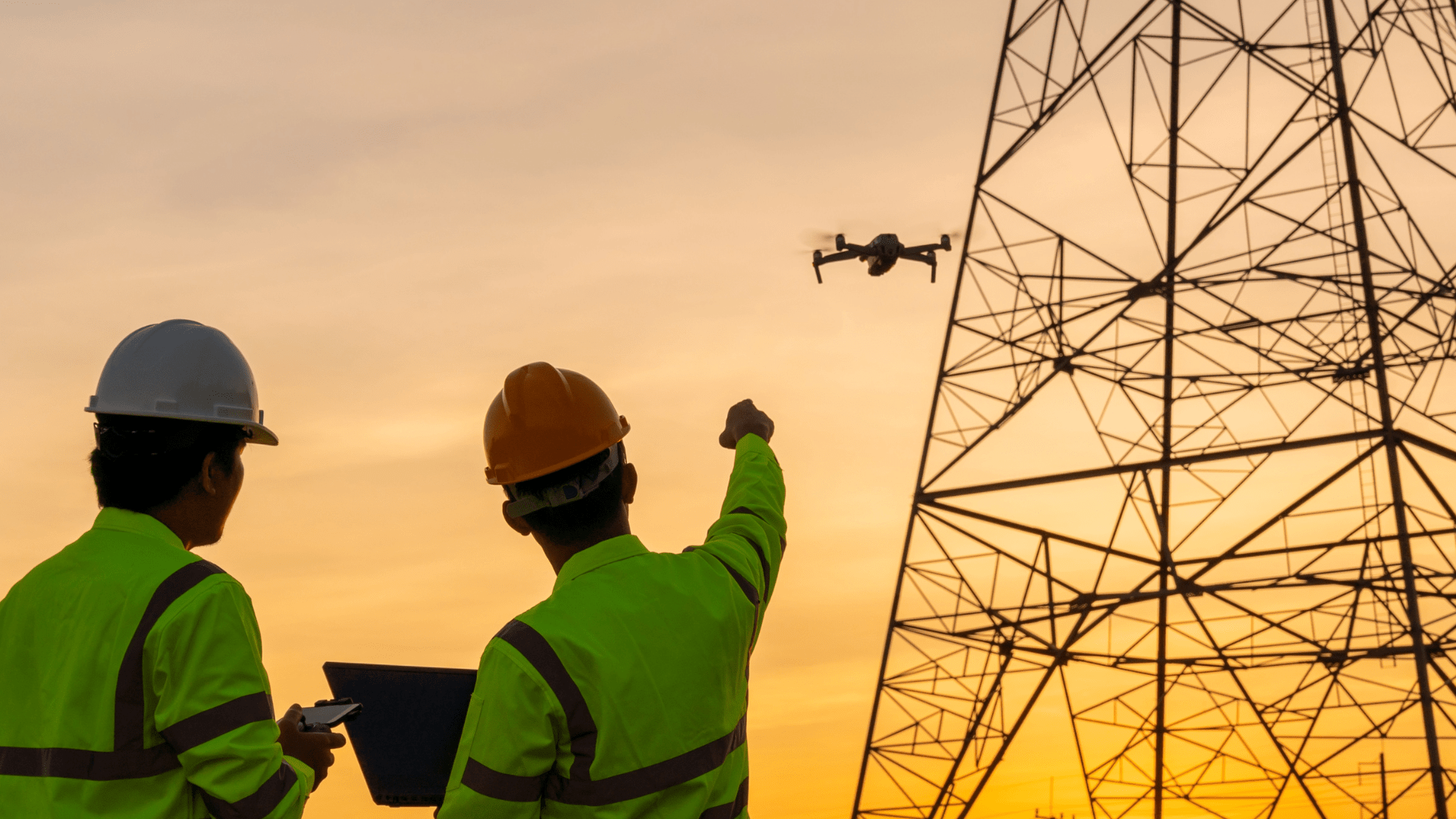The commercial use of drones has grown out of its infancy in recent years. More and more companies use drones for their purposes. Freelance drone pilots are often used for this purpose. Be it for forestry and agriculture, in the building industry, or for the inspection of roads and energy networks. With unmanned aerial vehicles, many tasks can now be completed in just a few minutes that some time ago required days and weeks of work.
What you should know beforehand
But what do you need to know if you want to offer your services as a pilot with your drone? We have compiled a brief overview of the most important aspects:
1. Regulations & Rules
Safety is the be-all and end-all in air traffic. But legislators and the EU have become very thorough about flight rules for unmanned aerial vehicles. In recent years, a very comprehensive set of rules has been developed which has been laid down in the aviation regulations, among other things. However, it is very time-consuming and nerve-wracking to find out where one is allowed to fly with one’s device in a certain area, sometimes even technically impossible. For example, is there a hospital within a radius of 1.5 km or a federal highway nearby?
For this purpose, it is helpful to display the different flight regulations for different devices. At www.Map2Fly.de drone pilots can see in a few seconds where they are allowed to fly with which devices and where a flight permit has to be obtained.
2. Drone License
The drone license, or also UAV knowledge proof, is offered by various associations and federations in Germany. Thus, there are points of contact in regional proximity across Germany, in order to receive your license. This is advisable in any case if one would like to take off commercially. Because otherwise, you might face quite high fines.
3. Equipment
Of course, proper equipment is also part of every assignment. Basically, the following can be said:
a) Drone with badge and liability insurance
The most important thing about good equipment is, of course, the drone itself. All drones flying in public airspace must have a badge that functions as a license plate. More detailed information can be found in the relevant sections. [https://www.bussgeldkatalog.org/drohnen-plakette/] Liability insurance is also required in case of possible damage, e.g. in the event of a crash. You should, therefore, inform yourself beforehand. On www.FlyNex.io drone pilots can find help through the partner Haftpflichthelden [https://helden.de/drohnenhaftpflicht-vergleich/?src=flynex&utm_source=partner&utm_campaign=flynex] in regards to appropriate insurance.
b) Batteries
Every drone needs power. Without it, no aircraft can take off in the air. If you are on an outdoor mission, potentially far away from a socket, it is important to have enough batteries with you. Batteries may be discharged after 30 minutes of flight. If you want to fly longer, you need spare batteries. Battery management is therefore important. Beyond that: batteries are dangerous goods! If shaken, damaged or due to environmental influences batteries can explode in the worst case. Because of that, you should keep an eye on when batteries should be replaced and where or under what conditions they are stored. You can also find helpful information about this on-lin, like this checklist from Camforpro.com.
In general:
- Pay attention to tested safety when purchasing (“GS” symbol).
- Fully charge the battery before each flight.
- Visual inspection of the battery before each flight
- Never use the battery deep discharged or inflated.
- Do not charge inflated batteries anymore.
- Flying the battery “empty” once every 20 flights.
- “Intelligent Flight Batteries” can discharge themselves (if set).
In action:
- Use only between 5-30°C ambient temperature.
- Otherwise, the flight duration is drastically shortened.
- Consider unexpected voltage drop.
- Warm-up engines for 30-60 seconds at the start.
- No permanent maximum acceleration.
- Transport the batteries in a suitable (fireproof) box.
c) Sensors
A drone’s only good for something if it can gather data. E.g. photos for image documentation. Optical sensor technology, i.e. a sensible camera that is attached to the drone and can take pictures in the appropriate resolution and zoom level, is of course part of the equipment.
High demand for drone pilots
UAV pilots are currently needed throughout Europe and the order situation is correspondingly good. This, of course, requires a certain willingness to travel. However, the hourly rates and flights are usually well to very well paid. For pilots with a little practice and the appropriate equipment, this business is booming.
On FlyNex.io you will always find current topics about drone flying and applications for industry and companies. Map2Fly for drone pilots is free of charge so that private and commercial drone pilots in Germany can obtain the necessary information about all flight areas and regulations at any time. Have a good and safe flight!
Your FlyNex Team




